Estimated reading time: 8 minutes
With a length of 445 kilometers, in a second attempt, the Nicaraguan president, Daniel Ortega, presents China with a new route to make international maritime transport more efficient; while the Panama Canal is attentive to the promotion of the different logistical projects and developments that are presented in the region
The idea of competing with the Panama Canal has not left the mind of Sandinista President Daniel Ortega; After 11 years, it announced a new route for its interoceanic canal, with which it plans to be the alternative for world trade in the face of climate problems that limited ship transits through Panama in 2023.
This is a longer route than the one promoted in 2013. Ortega made the announcement at the XVII China-LAC Business Summit, on Monday, November 18.
At this business summit—with the motto “Joining forces, creating opportunities: New horizons for China and Latin America and the Caribbean”—the president focused on promoting trade relations and coordination to deepen economic ties with the People’s Republic of China in the face of the presence of 200 representatives of entities and companies from China and more than 70 business people from Latin America and the Caribbean.
The new Nicaragua Canal project will have a length of 445 kilometers, joining the Atlantic deep-water port of Bluefields, in the Autonomous Region of the Southern Caribbean, with the Pacific port of Corinto, in the department of Chinandega. And with a width of between 290 to 540 meters and a depth of 27 meters.
Other dimensions are the Atlantic segment, which will be 68 kilometers; The central one will have 252 kilometers; that of Lake Xolotlán will be 55 kilometers; and on the Pacific side it will be 70 kilometers.
While the main ports of the project are: Bluefields and Puerto Corinto; and other points of interest standout such as: the Xolotlán lakes, Nicaragua (Cocibolca), the artificial El Escondido, the El Escondido lock and the La Fuente lock.
Among the benefits that Nicaragua seeks by competing with the 80 kilometers of the Panama Canal is to provide greater efficiency in international maritime transportation, reduce travel times and transportation costs, boost international trade and the economy of Nicaragua, as well as the generation of jobs and infrastructure development.
Nicaragua has been forging the idea of its canal for some time. Last Wednesday, May 8, the plenary session of the National Assembly unanimously with 91 votes repealed with Law 1203, article 12 of Law 800 of 2012, Law 840 of 2013 and the Framework Concession and Implementation Agreement in relation to the Canal of Nicaragua and Development Projects, published in La Gaceta, Official Gazette 111 and 112 of June 17 and 18, 2013.
Through Law 840 of 2013, Nicaragua granted the Chinese group, Hong Kong Nicaragua Canal Development Investment Co. Limited (HKND Group), owned by businessman Wang Jing, the concession for the construction and management of the interoceanic route, but due to various problems, including the financing, the project did not advance.
With that contract, Nicaragua gave HKND Group a period of 50 extendable years to plan, build and manage the interoceanic highway, which in plans had a length of 278 kilometers, a width of between 230 and 520 meters and a depth of up to 31 meters. The project would cost $50 billion and generate 200,000 jobs.
Viability and tax exemptions
In an interview with official Nicaraguan media, Óscar Mojica, Minister of Transportation and Infrastructure, acknowledged that the previous route “did not respect protected areas.” In December 2014, when the Ortega regime announced the start of works in the Pacific, by Brito, in the department of Rivas, the work was questioned due to the effects that Lake Cocibolca would have, in addition to crossing the protected areas of the San River. Juan and the Bosawás Biosphere Reserve, indigenous and peasant territories, which at the time led several rejection protests.
Mojica told Molotov Digital that they estimate that the new route would cost $64.5 billion. “It is a formidable investment, but we also have income estimates and results projections, and we are sure that this route is perfectly viable and profitable,” he explained.
For the viability of the project, Nicaragua signed with the company China CAMC Engineering Co., Ltd. the “expansion of the capacities of the Corinto and Bluefields ports and contemplates the use of Lake Xolotlán and the construction of an artificial lake.
The Ortega government promises broad exemptions for investors. In the interview, the head of the Ministry of Transportation and Infrastructure commented that they are opening the doors to international investment, prioritizing Latin American countries and consequently the international community in general.
“Nicaragua has the capacity to provide tax exemptions to foreign investment that participates in this great project, in imports, services, exemptions for talents who come to work there, materials…, machinery, property rights are guaranteed. Of course, all these incentives have a direct impact on investment,” Mojica told the media.
With the construction of its canal, Nicaragua will generate direct employment and inject growth into its gross domestic product (GDP) of between 9% to 10%.
The Panamanian route
“The Panama Canal remains attentive to the different logistical projects and developments that are presented in other regions with the purpose of continuing to offer safe, reliable and efficient transit for the benefit of the country and global trade,” the Panama Canal responded to La Star of Panama.
“It is important to remember that Panama, as the only country with access to two oceans just 80 kilometers away, stands out as a key link in the international trade chain. Its connectivity is enhanced with ports in both oceans, an air hub, an interoceanic railway, advanced telecommunications and a financial center of international quality, in addition to a growing tourism sector,” he stated.
And he highlighted that “the Canal operates on more than 180 maritime routes, serving 170 countries and connecting with 1,920 ports around the world.”
Regarding the Nicaragua canal project, Adrián Ossa, president of the Panama Canal Pilots Association, pointed out that: “Nicaragua has the responsibility of seeking new sources of income for the benefit of its population. The key to keeping the Panama Canal competitive, reliable and profitable is to continue with a sustainable and continuously evolving operation.”
And he added that; “We have a challenge ahead of us as a country that we should not postpone, and that is to ensure the population’s water consumption and to sustain the canal’s operations. Delaying this decision will cause concern in the international community, which will result in other countries taking initiatives like that of Nicaragua.”
The Panamanian administration
With 25 years of administration by Panamanian hands, the Panama Canal has faced various challenges, including climate and projects in other countries in the region that try to compete with the canal inaugurated on August 15, 1914, and expanded on June 26, 2006. .
Among the main users of the Panama Canal are, in order of importance: the United States, China, Mexico, Chile and Japan, among others.
On Friday, October 25, the Panama Canal Authority (ACP) announced the results of the 2023-2024 fiscal year, a year that they described as “challenging”, since they reduced the draft and – for the first time – the transit daily of ships impacted the financial management of the route, which at the end of September 30 achieved total income of $4,986 million, the figure is 1% or $18 million more than the previous fiscal year.
During the fiscal year, from October 1, 2023 to September 30, 2024, the ACP registered the transit of 9,944 vessels, of which 2,856 are neopanamax and 7,088 panamax, which transported 423 million tons. When comparing the behavior of the 2022-2023 fiscal year, a decrease of 21% is recorded, according to data from the preliminary report released by its administrator, Ricaurte Vásquez, in a conversation with national and international media.
For this fiscal year 2024-2025, Vásquez expects that transits will be 12,582 ships, with 520 million tons transported and that they will generate $5,624 million in operating income, that is, $10.63 per ton. The Canal is responsible for 6% of world trade.
A 19th century canal for Nicaragua
The idea of uniting the oceans is not new and dates back to the 19th century, as reported by Desenvolvimiento Regional en Debate (DRd)—a network of scientific journals—which published the article “The interoceanic canal of Nicaragua: a geopolitics with history” in which it states an account of Nicaragua’s first attempts to establish its interoceanic canal.
“In 1849, Nicaragua granted the company of American magnate Cornelius Vanderbilt the right to build a canal, but it did not proceed due to political instability. Then, in 1872, the US government conducted a new study, while in Panama a French company began construction that ultimately failed. In 1887 they created an American company to build the Nicaragua canal and construction began, but the project fell apart in 1893. Later, in 1897, the president of the United States, William McKinley, appointed a commission that completed it in 20 months. a study with a route for the canal in Nicaragua; However, in 1904, the US bought the rights to build the canal from France, which opened in 1914, paying Nicaragua $3 million for the option (compensation) it had to build the canal, which was still in force,” according to DRd.
The idea of an interoceanic canal first arose in Nicaragua, and Panamanian literature says that the United States opted for the country, after the Frenchman Philippe Bunau-Varilla, in June 1902, circulated some Nicaraguan postage stamps among US congressmen. 1900, where the Momotombo volcano was erupting; while with photos he showed the stability of the Arco Chato in Panama (1678), being a determining factor for the US to build the canal in this thin strip in colonial times.
Source: La Estrella de Panamá























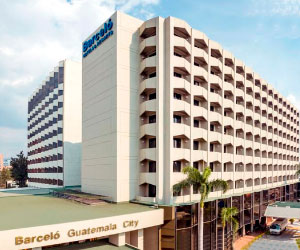
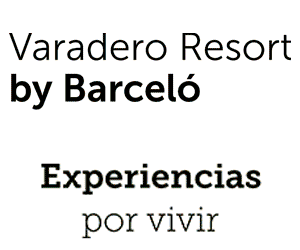


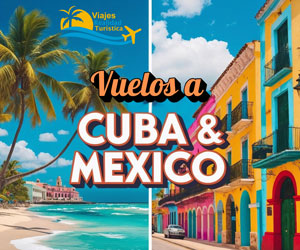
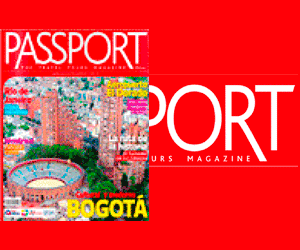
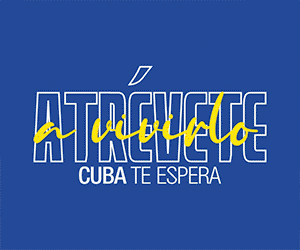




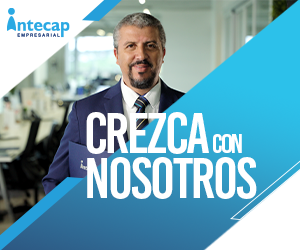
you never menton about cozta rica in the southern route